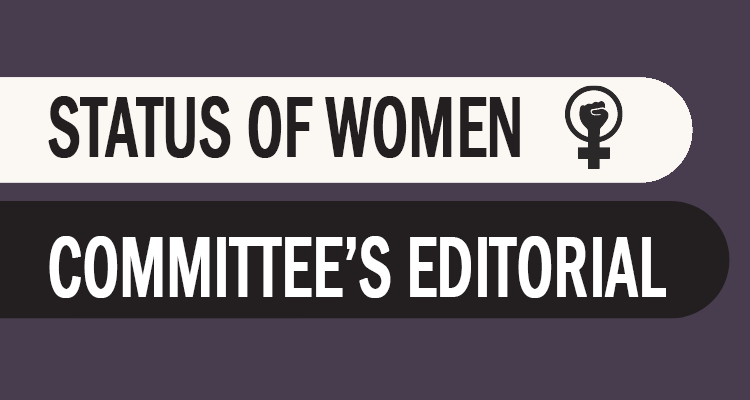
RREGOP, retirement and healthcare professionals
Considered an attractive pension plan on the labour market, the Government and Public Employees Retirement Plan (RREGOP) is based on a percentage of the salary earned during her professional life. It is a defined benefit plan, as opposed to defined contribution plans.
With RREGOP, employees receive 2% per year of service and this percentage is applied to the average pensionable salary of the 5 best years. For a defined contribution plan, when the fund is empty, the pension plan ends. And as les femmes vivent plus longtemps que les hommes (women live longer than men) they are inevitably at a disadvantage with this type of plan.
Despite the Pay Equity Act of 1996, there is always a substantial gap between women’s income and that of men, which is reflected in RREGOP and the pensions to which women are entitled when they retire. Women’s economic independence is still a concern in 2022. Choices made by women in a patriarchal society have an major impact on their income during retirement.
We live in a society which, even today, assigns women the vocation of care. Consequently, they are the ones who try to satisfy the needs of their children and extended family. They are the ones who put the well-being of their family before their own. As a result, the choices they make during their working lives favour the family. For example, some choose to work part time so as to have more time for their family, or refuse promotions so as not to take on more responsibilities at work.
The healthcare professionals experience very specific situations. At the beginning of their career, they must often work on atypical shifts (evening, night or rotation, weekends). Some choose part-time positions to get some breathing room or to balance family, work and studies. To this reality must be added the overtime or mandatory overtime that are ever present in the health network.
Take the example of Marielle, a conscientious nurse who cared for her patients diligently and respectfully and out of concern for them and her colleagues often answered “here” for overtime when we were short staffed. She often told her colleagues: “You know, our salary is lower than the market, but our RREGOP is there, and it will make a difference when we retire!” When it came time for her colleagues to celebrate her 35 years of service for purposes of eligibility with her (her retirement, at last!), she whispered in one of their ears: “You know, I often said not to be worried about retirement. I was wrong, as I calculated my average salary which turned out to be $76,000. As of tomorrow, my first day of retirement, I will only receive $33,000 a year. Apparently, I only accumulated 22 years of service, because I worked part time. Therefore, I will only receive 44% of my average pensionable salary. How am I going to survive?”
Despite union demands, the calculation for determining RREGOP benefits is only based on regular work hours and excludes overtime and premiums. Moreover, the RREGOP pension is only partly indexed as the indexation is based on the “rate increase of the pension index (TAIR)” and is not based on the increase in the cost of living.
Currently, the labour shortage in health care is alarming. Instead of improving working conditions, the government opts for money as an attraction and retention measure. It has implemented premiums for retirees to return to work and lump sums to keep working full time. These financial incentives will not be considered by RREGOP.
According to Maude Pugliese, from the Institut national de la recherche scientifique, a man accumulates more assets than a woman during his career, $287,308 compared to $152,408. A man will have a net value of $174,125 while a woman’s will be $64,593. With a better salary, men can make more investments for retirement than women. As a healthcare professional, it is therefore important to measure the impact of holding a part-time position compared to a full-time position, as well as the impacts of premiums and overtime on retirement opportunities.
From the very beginning of our careers, we must look to the future. In this respect, we suggest you consult a financial planner to draw up a retirement plan. With this consultation you can evaluate all the possibilities for a well-deserved retirement, whether you are part time or full time. For a better idea of your choices, you can also attend the training, developed by the FIQ, and organized through your local union, or refer to the brochure produced by the Federation. You can also obtain an estimate of your pension on the Retraite Québec website or consult your statement of participation in My Account.
Preparing for retirement starts on the first day of work.
Line Mercier and Caroline Flageol, Status of Women Committee